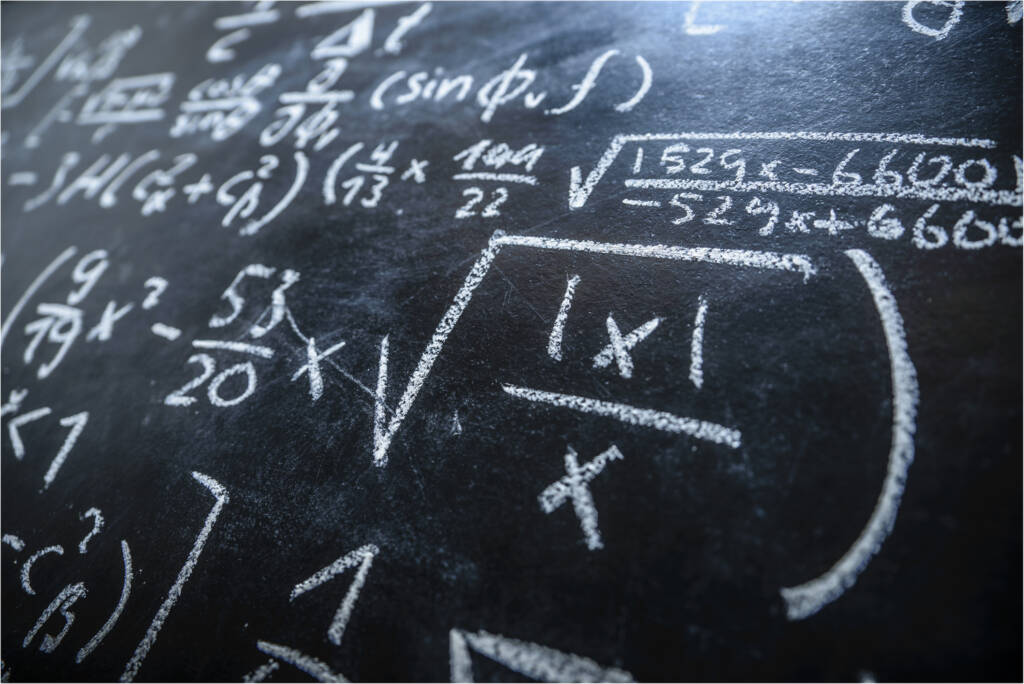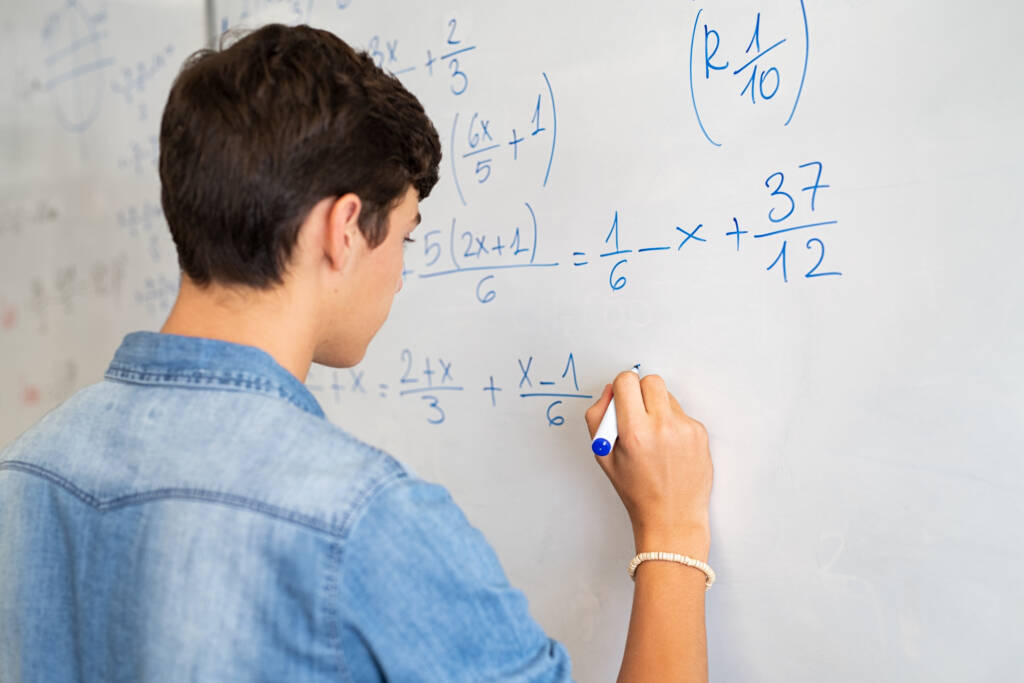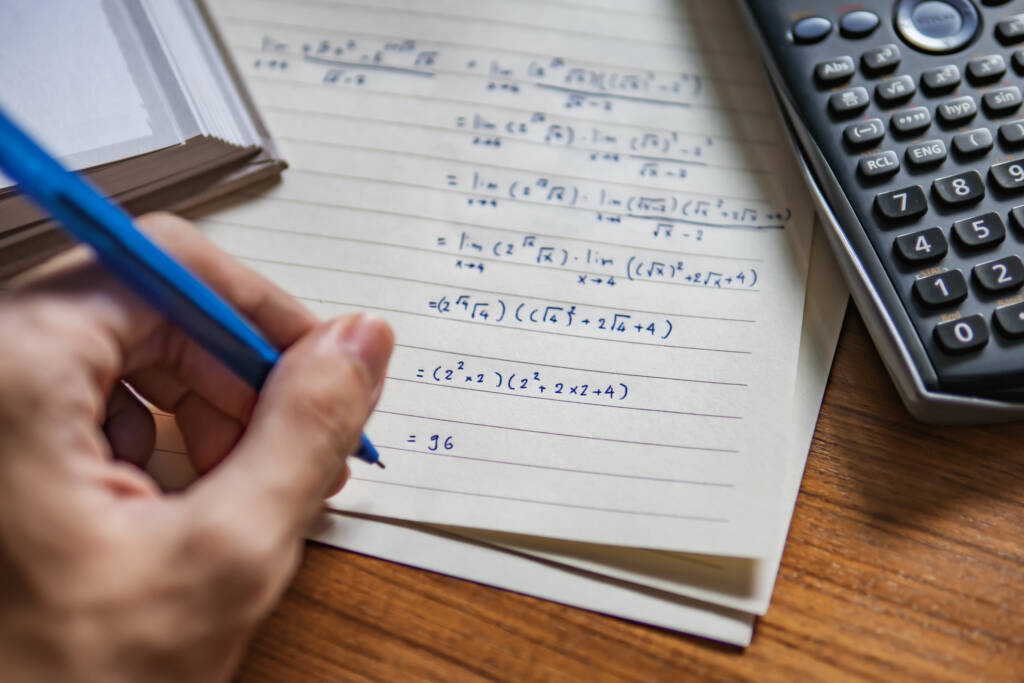
Pre-Calculus - MAT140 (SNHU Dual Credit)

This is a dual enrollment course offered through a partnership with SNHU and VLACS. Dual enrollment courses allow high school students to take a course and earn both high school and college credit at the same time. By meeting the outlined requirements and deadlines this dual enrollment class is a great way for students to get a head start on their college education while still in high school
Enrollment Window: Jan. 27th – Feb. 19th
Instructor: Sandra Found
Cost: $100, which must be paid to SNHU before the enrollment window closes
Please note that enrollment for this course requires two steps.
Step 1: To earn college credit students must register and pay for the course with SNHU using this Registration link.
Note: No refunds will be given after the enrollment period ends. When enrolling, you will be asked for a student ID, please leave this blank.
Step 2: To access the class students must enroll in the course with VLACS. Students will access the course from their VLACS account. To enroll in the course select “Enroll Now” at the top of the page.
Students must complete the course by June 23rd in order to receive SNHU college credit.
Course Description
Students, as mathematic analysts, investigate how advanced mathematics concepts are used to solve problems encountered in operating national parks. As students venture from algebra to trigonometry, they analyze and articulate the real-world application of these concepts. The purpose of this course is to study functions and develop skills necessary for the study of calculus. This course includes algebra, analytical geometry, and trigonometry.
Major Topics and Concepts
Segment 1
- Functions and Their Graphs
- Introduction to Function
- Graphs of Function
- Shifting, Reflecting and Stretching Graphs
- Combinations of Functions
- Inverse Functions
- Polynomial and Rational Functions
- Quadratic Functions
- Polynomial Functions of Higher Degree
- Real Zeros of Polynomial Functions
- Complex Numbers
- The Fundamental Theorem of Algebra
- Writing about Polynomials
- Rational Functions and Asymptotes
- Graphs of Rational Functions
- Exponential and Logarithmic Functions
- Exponential Functions and Their Graphs
- Logarithmic Functions and Their Graphs
- Properties of Logarithms
- Solving Exponential and Logarithmic Equations and their Models
- Trigonometric Functions
- Radian and Degree Measure
- Trigonometric Functions: The Unit Circle, Any Angle
- Right Triangle Trigonometry
- Trigonometric Function of Any Angle
- Graphs and Analysis of Sine and Cosine Functions
- Graphs of Other Trigonometric Functions
- Inverse Trigonometric Functions
- Applications and Models
- Analytic Trigonometry
- Using Fundamental Identities
- Verifying Trigonometric Identities
- Solving Trigonometric Equations: Linear, Factored or Quadratic
- Sum and Difference Formulas
- Multiple Angle Formulas
Segment 2
- Additional Topics in Trigonometry
- Laws of Sines and Cosines and Applications
- Vectors in the Plane and 3 Dimensions
- Vectors and Dot Products
- Cross Product of To Vectors
- Complex Numbers in Trigonometric Form and DeMoivre’s Theorem for Roots
- Sequences, Series, and Poof by Induction
- Sequences and Summation Notation
- Arithmetic and Geometric Sequences
- Mathematical Induction
- Topics in Analytic Geometry
- Conic Sections: Parabolas, Ellipses, Hyperbolas
- Conics Collage
- Parametric Equations
- Polar Coordinates and their Graphs
- Limits and Introduction to Calculus
- Introduction to Limits
- Evaluating Limits and One-Sided Limits
- Continuity at a Point
Competencies
Functions
Students will demonstrate an understanding of functions by analyzing key features of their graphs, solving and graphing problems modeled by polynomial, rational, radical, exponential, logarithmic, and piecewise functions, and creating constraints of functions.
Applications of Functions
Students will demonstrate an understanding of applications of functions by solving systems of equations, solving mathematical problems involving combined and composite functions, graphing inverse functions, and solving the numerical value of a difference quotient.
Conic Sections
Students will demonstrate an understanding of conic sections by creating equations of conics, graphing the equations of conics, analyzing key features, and solving real-world problems modeled with conics.
Sequences and Series
Students will demonstrate an understanding of sequences and series by solving problems involving arithmetic and geometric sequences and series in mathematical and real-world contexts.
Trigonometry
Students will demonstrate an understanding of trigonometry by evaluating trigonometric functions and their angles, solving mathematical problems using the Laws of Sines and Cosines, explaining the Unit Circle, and graphing trigonometric functions.
Trigonometric Identities and Formulas
Students will demonstrate an understanding of trigonometric identities and formulas by solving problems using the Pythagorean Trigonometric Identities, proving angle formulas, and solving trigonometric equations.
Vectors
Students will demonstrate an understanding of vectors by composing vectors in component, linear, and trigonometric form, solving problems involving vectors, and evaluating vector scalars and magnitude.
The Coordinate Plane
Students will demonstrate an understanding of the coordinate plane by graphing equations in the polar coordinate plane, solving problems involving complex numbers represented on the coordinate plane, and graphing parametric equations.
Sinusoidal Functions
Students will demonstrate an understanding Sinusoidal Functions by explaining the characteristics of sinusoidal functions in real-world contexts, explaining steps to model periodic phenomena using sinusoidal equations, and explaining steps to solve problems involving sinusoidal equations.

